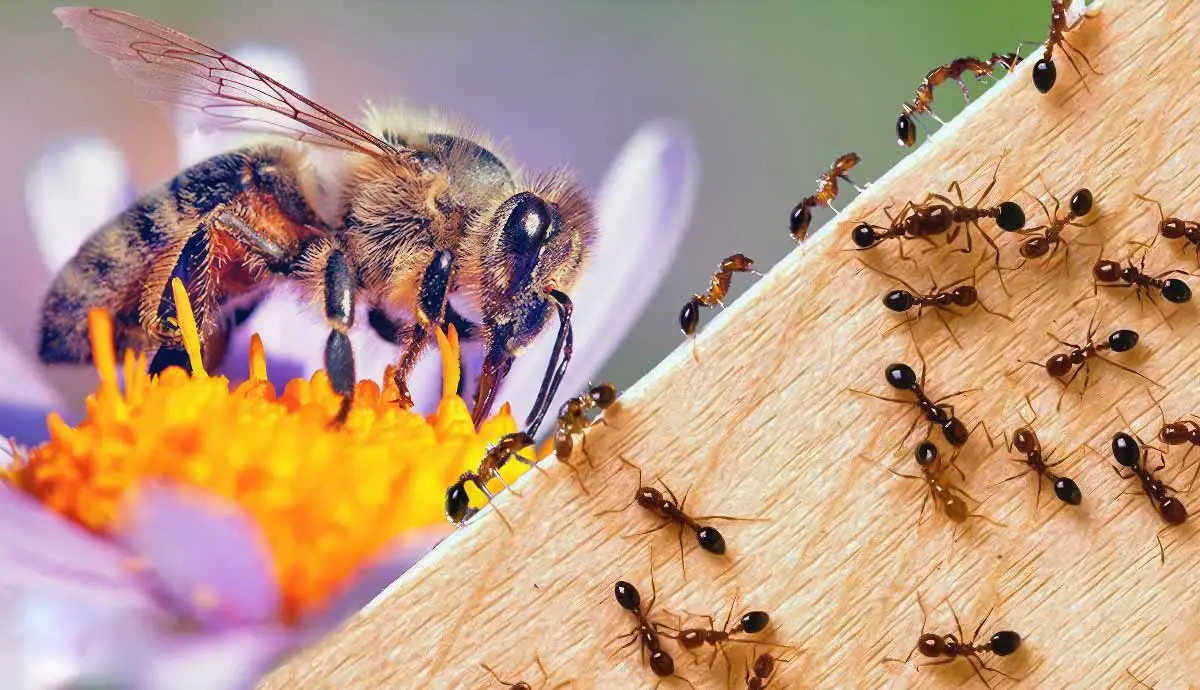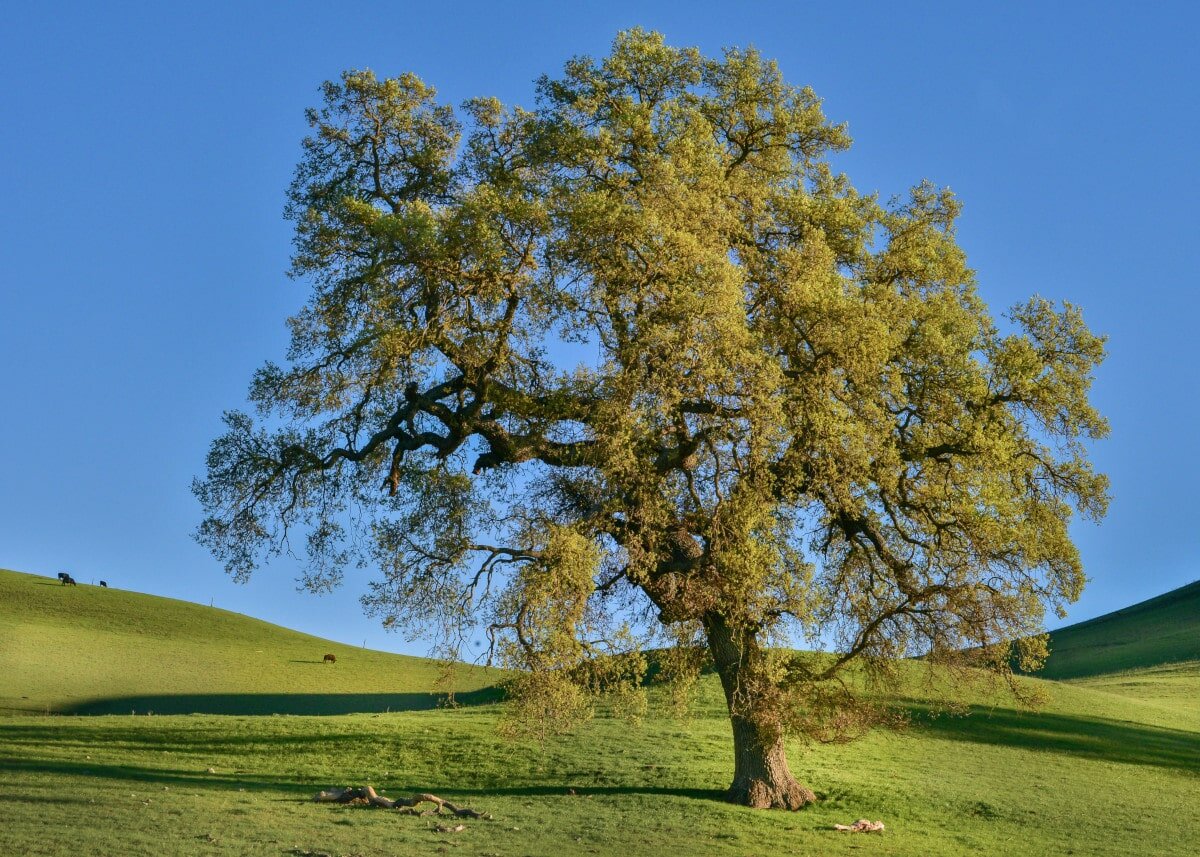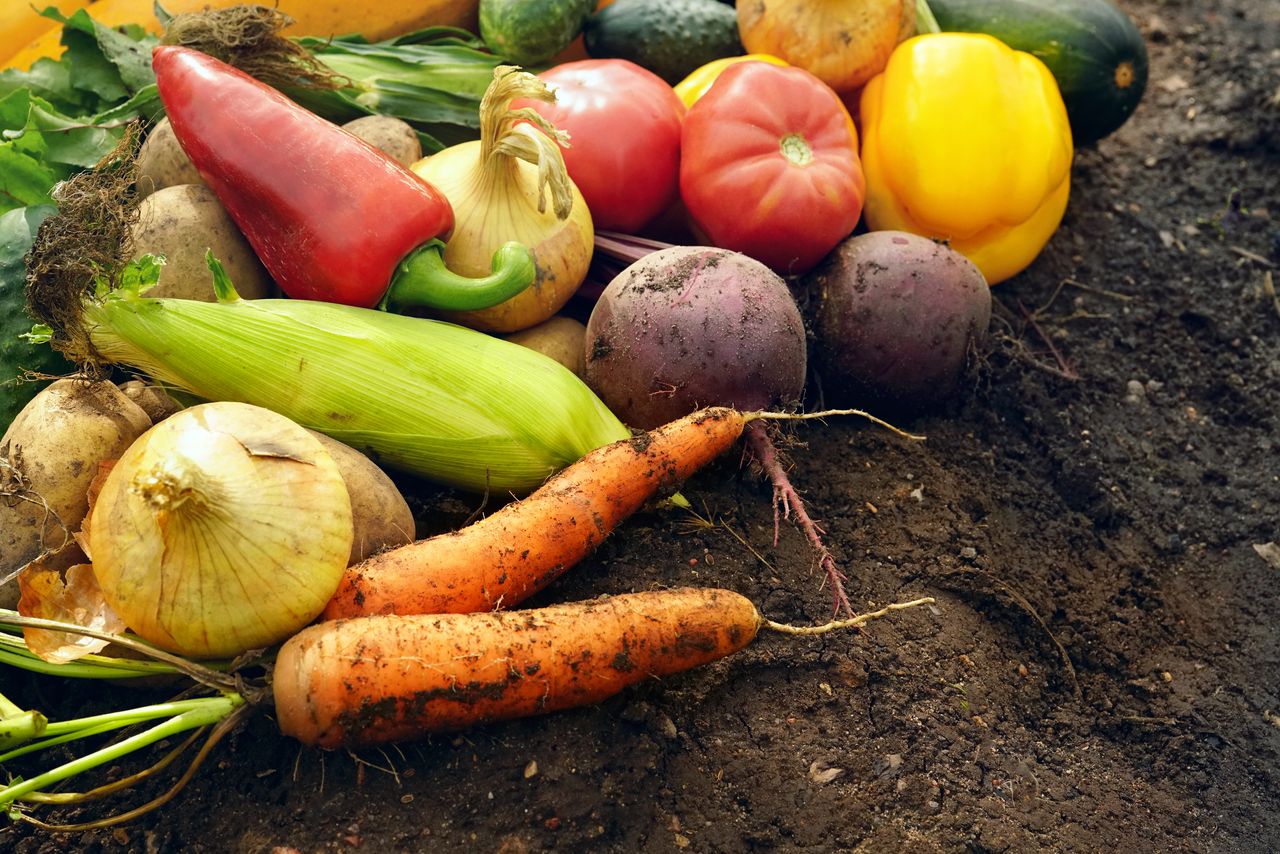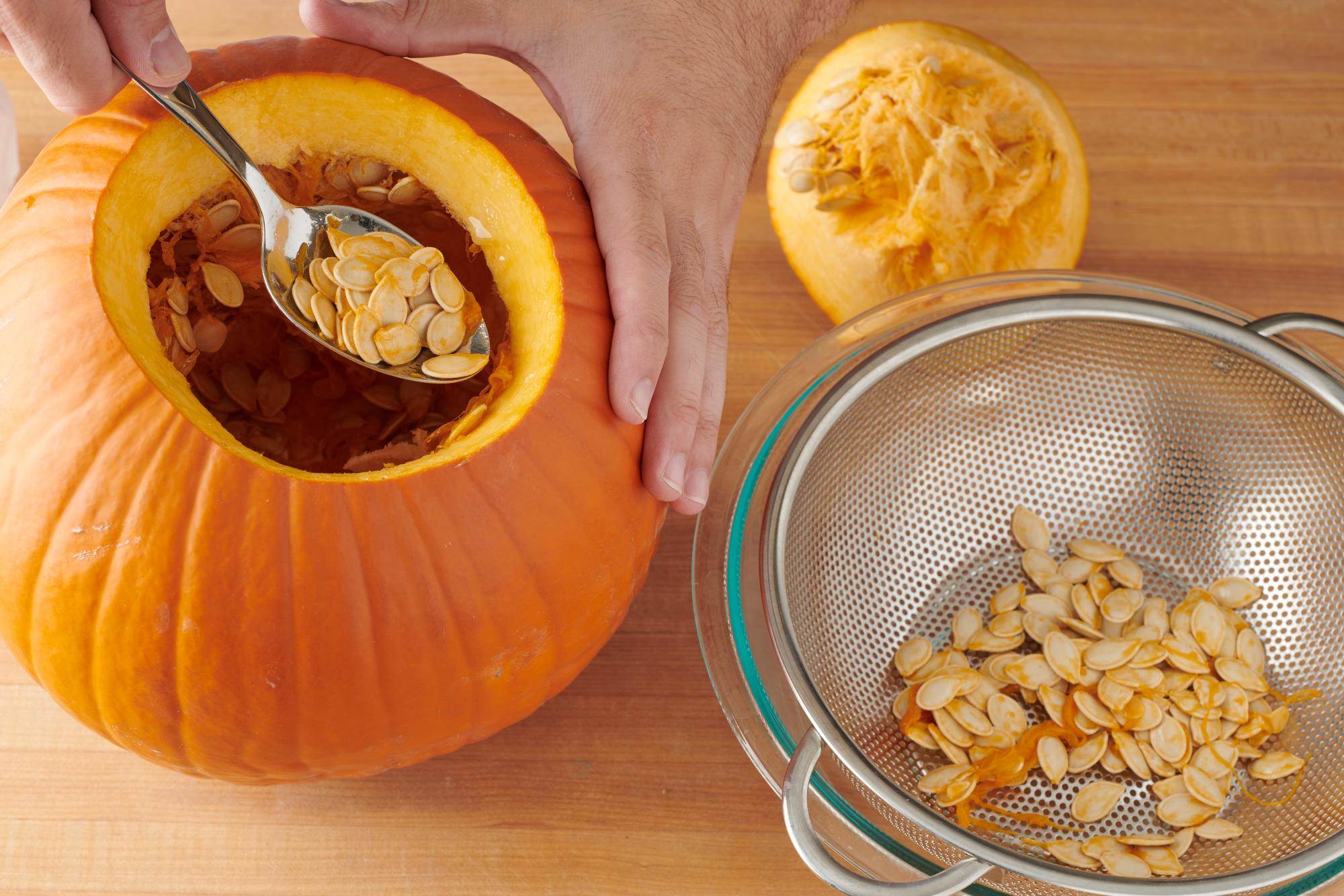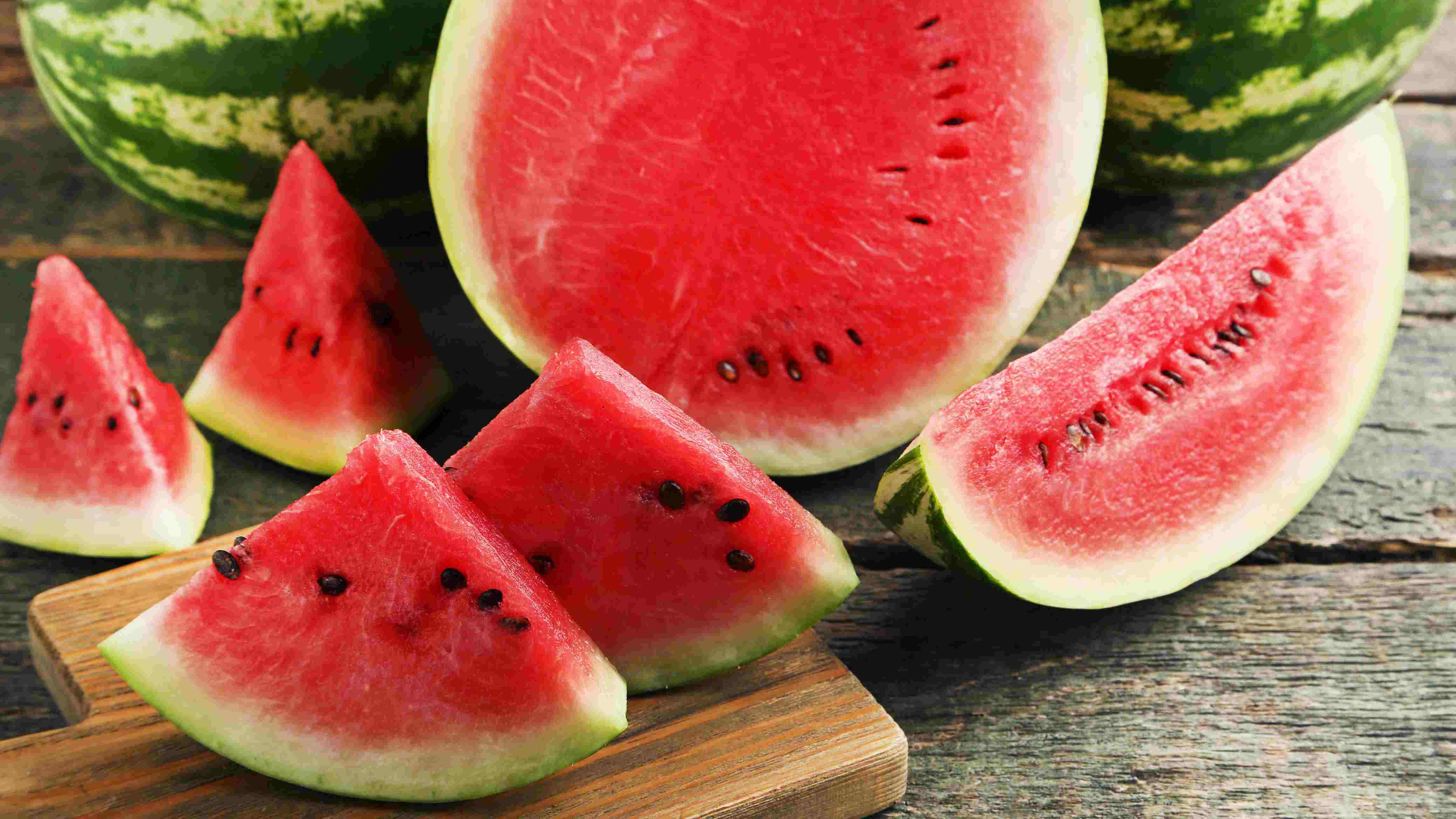Home>Types of Gardening>Edible Gardening>How Many Bulbs Of Garlic In A Pound


Edible Gardening
How Many Bulbs Of Garlic In A Pound
Published: January 22, 2024
Discover the answer to "how many bulbs of garlic in a pound" in our comprehensive guide to edible gardening. Learn expert tips and tricks to grow your own garlic at home.
(Many of the links in this article redirect to a specific reviewed product. Your purchase of these products through affiliate links helps to generate commission for Chicagolandgardening.com, at no extra cost. Learn more)
Table of Contents
Introduction
Welcome to the world of edible gardening, where you can grow your own fresh and flavorful produce right in your own backyard. One popular plant to grow is garlic, a versatile and aromatic herb that adds depth of flavor to a wide variety of dishes. But have you ever wondered how many bulbs of garlic are in a pound? Understanding the relationship between weight and quantity can help you plan your garden and culinary endeavors more effectively.
The number of bulbs per pound of garlic can vary depending on several factors. Different varieties of garlic have different sizes, and these sizes can determine how many bulbs are in a pound. Additionally, variations in growing conditions, such as soil quality and climate, can influence the size and weight of garlic bulbs. By understanding these factors and learning how to measure and store garlic, you can make informed decisions when buying and using this flavorful herb.
In this article, we will explore the factors that affect the number of bulbs per pound of garlic, discuss the variations in garlic sizes across different varieties, and provide helpful tips for measuring, buying, and storing garlic. So, if you’re ready to dive into the fascinating world of garlic and learn more about this tasty ingredient, let’s get started!
Factors Affecting the Number of Bulbs per Pound
Several factors come into play when determining the number of bulbs per pound of garlic. Understanding these factors can help you anticipate the yield of your garden and adjust your planting strategies accordingly.
1. Variety: Different varieties of garlic have varying bulb sizes. Some varieties produce larger bulbs, while others produce smaller ones. Therefore, the number of bulbs per pound can differ significantly between different garlic varieties.
2. Growing Conditions: The growing conditions in which garlic is cultivated can have a direct impact on its size. Factors such as soil quality, temperature, sunlight, and water availability can all influence the overall size and weight of the harvested bulbs. Favorable conditions can lead to larger bulbs, while less favorable conditions may result in smaller bulbs.
3. Plant Spacing: The spacing between garlic plants also affects the size and number of bulbs harvested per pound. Garlic plants need sufficient space to grow and develop fully. If the plants are too crowded, they may create smaller bulbs. Adequate spacing between plants allows each bulb to grow to its maximum potential.
4. Fertilization: Providing the right nutrients to garlic plants is crucial for healthy bulb development. Proper fertilization can promote larger, more robust bulbs. Balancing the levels of nitrogen, phosphorus, and potassium in the soil can contribute to optimal bulb size.
5. Harvesting Time: Knowing when to harvest garlic is important to ensure that the bulbs have reached their full size. Harvesting too early may result in smaller bulbs, while delaying the harvest can cause overripening and the possibility of bulbs breaking apart.
By considering these factors and making adjustments to the growing conditions, you can optimize the size and number of bulbs per pound of garlic you harvest. This knowledge will help you plan your garden more effectively and ensure a bountiful garlic harvest.
Varieties of Garlic and Their Sizes
Garlic comes in a wide range of varieties, each with its own distinct flavor profile and bulb size. Understanding the different garlic varieties and their sizes can give you a better idea of the number of bulbs you can expect per pound.
1. Softneck Garlic: Softneck garlic is the most common type found in grocery stores. It has a milder, more versatile flavor and tends to have a higher quantity of cloves per bulb. Softneck varieties typically produce smaller to medium-sized bulbs, resulting in more bulbs per pound.
2. Hardneck Garlic: Hardneck garlic is known for its bold and complex flavors. It typically has fewer cloves per bulb compared to softneck garlic, but the cloves are generally larger in size. The larger cloves mean that hardneck garlic usually has fewer bulbs per pound compared to softneck varieties.
3. Elephant Garlic: Despite its name, elephant garlic is not actually a true garlic but rather a member of the leek family. Elephant garlic bulbs are incredibly large, with each bulb weighing up to a pound or more. Due to its size, you will typically find much fewer bulbs per pound of elephant garlic compared to other garlic varieties.
4. Rocambole Garlic: Rocambole garlic is favored by garlic enthusiasts for its rich and robust flavor. This variety generally produces medium-sized bulbs with a fewer number of cloves but larger individual cloves. As a result, the number of bulbs per pound will be lower compared to softneck garlic, but the size of each bulb will be larger.
5. Purple Stripe Garlic: This variety is known for its striking purple-striped skin and robust flavor. Purple Stripe garlic typically produces medium-sized bulbs with a moderate number of cloves. While the number of bulbs per pound may vary, the size of each bulb is generally uniform.
It’s important to note that the size and number of bulbs can still vary within each garlic variety based on growing conditions and bulb maturity. However, understanding these general characteristics of different garlic varieties can help you plan your garden accordingly and ensure a delightful harvest.
Average Sizes of Different Varieties
Garlic bulbs come in various sizes, and the average size can differ between different garlic varieties. Knowing the average sizes of different garlic varieties can help you estimate the number of bulbs per pound more accurately.
Softneck garlic varieties, such as Silverskin and Artichoke, generally produce smaller to medium-sized bulbs. On average, these bulbs can range from 1.5 to 2 inches in diameter. With their higher quantity of cloves per bulb, you can expect more bulbs per pound compared to other varieties.
Hardneck garlic varieties, such as Porcelain and Purple Stripe, often have larger cloves but fewer cloves per bulb. The average diameter of hardneck garlic bulbs can range from 2 to 2.5 inches. While there may be fewer bulbs per pound, the individual cloves are larger and can still provide a substantial yield.
Elephant garlic is unique in its bulb size, with individual bulbs ranging from 3 to 4 inches in diameter. The large size of these bulbs means that you will find significantly fewer bulbs per pound compared to other garlic varieties. However, each bulb contains a large number of cloves, making it ideal for those who prefer milder flavors and larger cloves for cooking.
Rocambole garlic bulbs have an average diameter of around 2 inches. While they may have a lower number of cloves per bulb, the individual cloves are sizable and easy to work with in culinary preparations.
Purple Stripe garlic bulbs typically measure around 2 inches in diameter. They have a moderate number of cloves per bulb and provide a beautiful presentation with their vibrant purple-striped skin.
Remember, these are average sizes, and there can be variation within each garlic variety. Factors such as growing conditions and bulb maturity can influence the actual size of the bulbs. By being aware of the average sizes of different garlic varieties, you can plan your garden and recipes accordingly, ensuring a seamless and flavorful cooking experience.
Conversions of Cloves to Bulbs and Bulbs to Pounds
When working with garlic, it’s essential to understand the conversions between cloves, bulbs, and pounds. These conversions can help you accurately estimate the quantities needed for your recipes and determine how much garlic to plant in your garden.
First, let’s look at the conversion from cloves to bulbs. A single bulb of garlic consists of multiple cloves. The number of cloves in a bulb can vary depending on the garlic variety. On average, a garlic bulb contains around 10 to 12 cloves. To convert cloves to bulbs, simply divide the number of cloves by the average number of cloves per bulb.
For example, if you have 30 cloves and the average number of cloves per bulb is 10, you would divide 30 by 10. This calculation would give you 3 bulbs.
Now, let’s explore the conversion from bulbs to pounds. The weight of garlic bulbs can vary depending on their size and variety. On average, a pound of garlic will generally contain around 4 to 6 bulbs. To convert bulbs to pounds, divide the number of bulbs by the average number of bulbs per pound.
For instance, if you have 15 bulbs and the average number of bulbs per pound is 5, you would divide 15 by 5. The calculation would result in 3 pounds of garlic.
Understanding these conversions is valuable when planning the quantity of garlic you need for a recipe or when determining how much garlic to plant in your garden for a desired yield. Additionally, knowing these conversions can assist you in shopping for garlic at grocery stores or farmers’ markets, ensuring you purchase the right amounts needed for your culinary creations.
Keep in mind that these conversions provide estimates, and there can be variations based on the size of the garlic cloves and the specific garlic variety. Adjustments may be necessary depending on your specific needs and preferences.
How to Measure Garlic Bulbs
Accurately measuring garlic bulbs is essential for recipe planning and determining the quantity of garlic needed for various culinary purposes. Below are some simple steps to follow when measuring garlic bulbs:
1. Start with whole bulbs: When measuring garlic, it’s best to use whole bulbs rather than separated cloves. Whole bulbs provide a more accurate measurement as they represent the complete unit.
2. Choose a consistent method: Decide on a specific method of measurement that works best for you. Some options include measuring by weight or by the number of bulbs.
3. Using a kitchen scale: If measuring by weight, place the whole bulbs on a kitchen scale. Note down the weight displayed. This method allows for precise measurement and is particularly useful for following specific recipes that require a specific weight of garlic.
4. Counting bulbs: If you prefer to measure by the number of bulbs, simply count the number of whole bulbs you have. This method is especially useful when a recipe calls for a certain number of bulbs rather than a specific weight.
5. Be consistent with size: When measuring by the number of bulbs, it is important to use bulbs of a similar size. Larger bulbs may contain more cloves and therefore produce a higher yield compared to smaller bulbs. Consistency in size will help ensure accurate measurements.
6. Adjust based on recipe: Keep in mind that not all recipes specify the size or quantity of garlic bulbs. In such cases, use your judgment and adjust the measurement based on the flavor and intensity of garlic you desire in the dish.
Remember, fresh garlic bulbs can vary in size and weight, and individual cloves within bulbs can also differ. Adjustments may be necessary based on factors like personal preference and recipe requirements. By following these simple steps, you can measure garlic bulbs accurately and confidently in your kitchen.
Tips for Buying and Storing Garlic
When it comes to buying and storing garlic, a few tips can ensure that you select high-quality bulbs and keep them fresh for extended periods. Here are some helpful tips to keep in mind:
1. Choose firm and plump bulbs: When purchasing garlic, look for bulbs that feel firm and have intact skin. Avoid bulbs that are soft, shriveled, or have moldy spots. These signs can indicate that the garlic is past its prime and may not last long.
2. Smell for freshness: Take a moment to smell the garlic. Fresh garlic should have a strong, pungent aroma. If the garlic lacks a noticeable smell or has an unpleasant odor, it may be of lower quality.
3. Consider organic options: If you have access to organic garlic, consider choosing it over conventionally-grown garlic. Organic garlic is free from synthetic pesticides and is often grown using sustainable practices, resulting in a more environmentally-friendly option.
4. Store in a cool and dry place: To maintain the freshness of garlic, store it in a cool, dry, and well-ventilated area. Avoid storing garlic in a humid environment, as moisture can cause the bulbs to sprout and spoil more quickly.
5. Avoid refrigeration: While it may be tempting to store garlic in the refrigerator, this can actually accelerate the sprouting process and alter the flavor. Instead, store garlic at room temperature away from direct sunlight.
6. Use a breathable container: If you prefer to keep garlic in a container, choose a breathable one such as a mesh bag or a bamboo garlic keeper. These containers allow for proper air circulation, preventing moisture buildup and extending the shelf life of the bulbs.
7. Plan for long-term storage: If you have a surplus of garlic, consider preserving it for long-term storage. One common method is to braid the garlic bulbs together and hang them in a cool and dry place. This not only creates an attractive display but also keeps the bulbs well-ventilated and easily accessible.
By following these tips, you can ensure that you purchase high-quality garlic and store it properly for long-lasting freshness. Remember, fresh garlic adds incredible flavor to your dishes, so it’s worth taking the time to select and store it carefully.
Conclusion
As you delve into the world of edible gardening, understanding the nuances of garlic can greatly enhance your gardening and culinary experiences. By knowing the factors that affect the number of bulbs per pound, the average sizes of different garlic varieties, and the conversions of cloves to bulbs and bulbs to pounds, you can better plan your garden and measure garlic for your recipes. Additionally, following tips for buying and storing garlic ensures that you select high-quality bulbs and keep them fresh for extended periods.
Whether you’re a seasoned gardener or just starting your edible gardening journey, growing garlic provides a rewarding experience. From the initial planting to the final harvest, you’ll appreciate the distinct flavors that garlic imparts to your culinary creations. The knowledge gained from this article empowers you to make informed decisions about the quantity of garlic you need and the varieties that best suit your preferences.
So, take advantage of the versatility and deliciousness of garlic in your cooking, and enjoy the satisfaction of growing your own flavorful bulbs. With a little patience, care, and the tips provided, you’ll soon be savoring the savory goodness of homegrown garlic in your favorite dishes.


